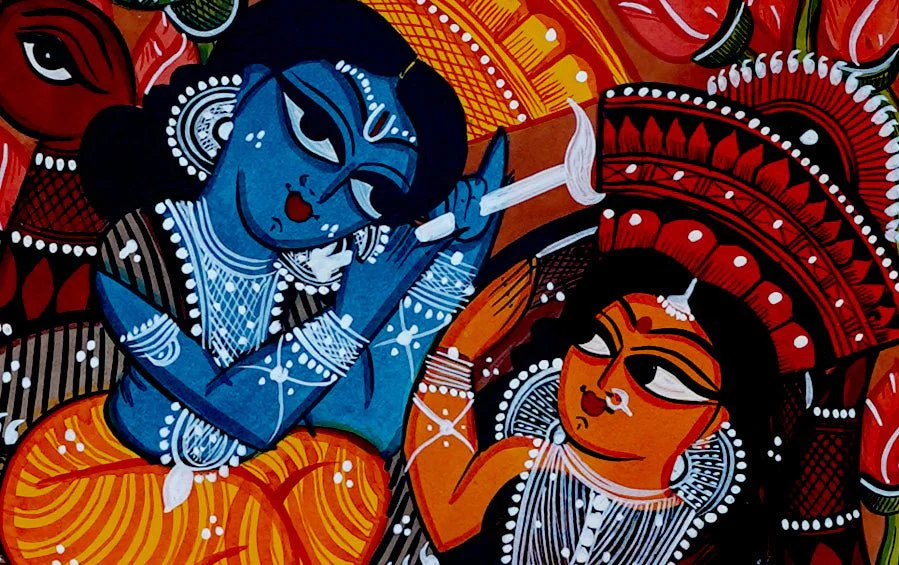Painting is an art form, that has always existed in India. The earliest were the rock paintings of prehistoric times, such as the petroglyphs found in places like the Bhimbetka rock shelters, some of which are approximately 10,000 years old.
In Indian art, paintings hold a special place, narrating stories in an intricate manner. These are classified broadly as miniatures, murals, and paintings on cloth. Murals refer to large works of art created on solid structures, which were common in ancient and prehistoric India. On the other hand, paintings on cloth came much later, when folk art began getting popular.
One such art form that has enriched our country’s culture and art is the Pattachitra. It is a traditional, cloth scroll painting art form, from the State of Odisha.
Pattachitra
Derived from the word ‘Pattachitra’, ‘patta’ meaning cloth and ‘chitra’ meaning picture. The paintings usually depicts mythological and religious themes as well as epics.
Pattachitra paintings are made on special canvas where cotton sarees are layered with a tamarind paste and then coated with clay powder. Once the canvas becomes sturdy, colours are filled in directly without any initial sketches. All colours are obtained from natural sources like lamp soot and powdered conch shells. Each painting can take up to weeks or months to be prepared.
Additionally, the artwork contains bold outlines and decorative borders.
The arts inscribed in “Pattachitra” resembles the ancient murals of Odisha and Lord Jagannath. This remains as the inspiration and a source of the art form. The artform is especially practiced among the people of Raghurajpur village in Odisha. Other such regions were the artform is still being practiced in Paralakhemundi, Chikiti and Sonepur.
The art work requires dedication and a lot of patience from the painters. Pattachitra painting is a disciplined art form and the makers always stick to the use of natural products only for making Pattachitras. They have certain rules the follow and abide by while making an artform and end up creating remarkable paintings that depict emotions, tales, history, culture etc. and the Chitrakars try their best to being the most accurate expression through the use of the rich colourful motifs. The hard work and details put into the artwork also makes it hugely popular and classic.














